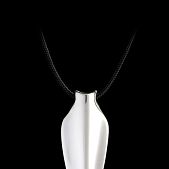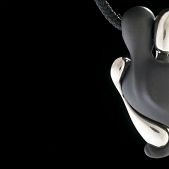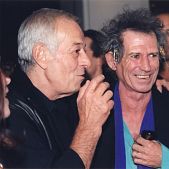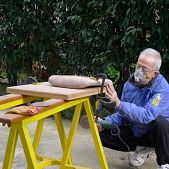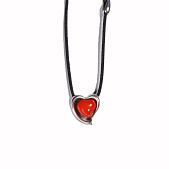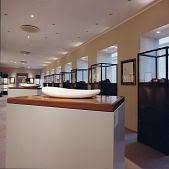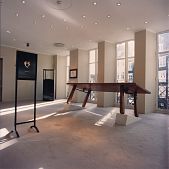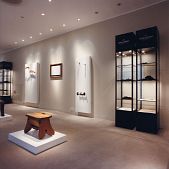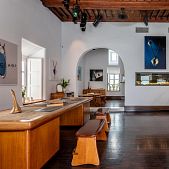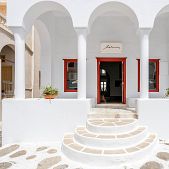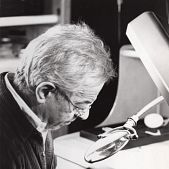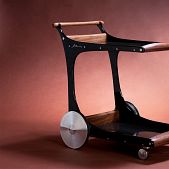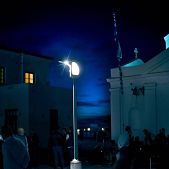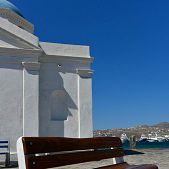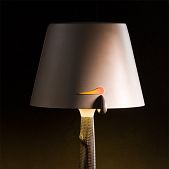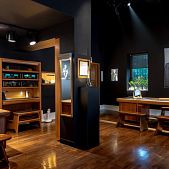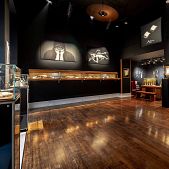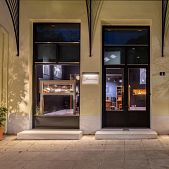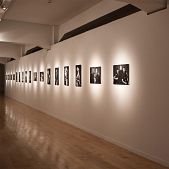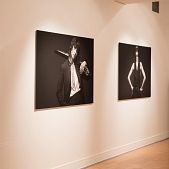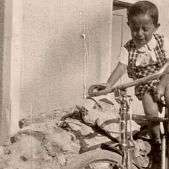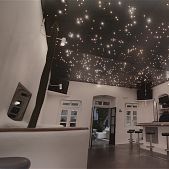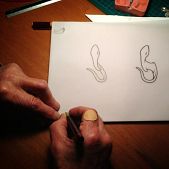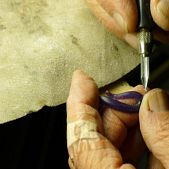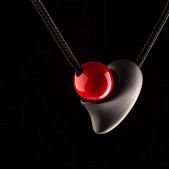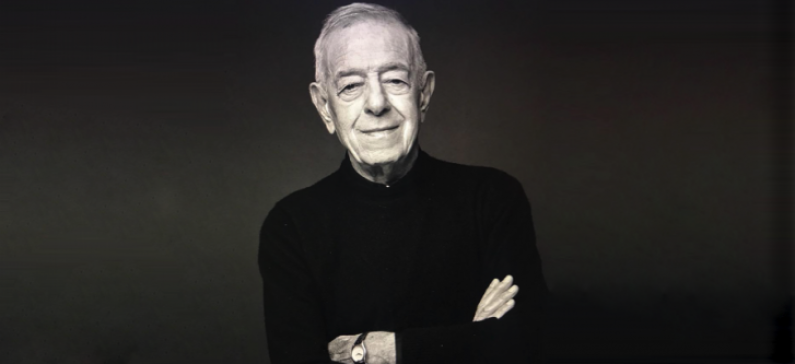
The multidimensional Greek designer of modern design
Minas was a Greek artist who loved and was inspired by Ancient Greece, creating jewelry and objects that had the pure clarity, light, majestic and rare harmony of the design. He created with passion, love and knowledge that the balance and harmony of the designs of the useful objects give value to the user himself, that is, to the human being, the center of creation and the universe.
His works have traveled around the world and been admired by millions of people, while his brand has collected numerous awards for its design and innovation. He was also the only Greek designer to be honored internationally and hosted at the world’s largest exhibition in New York.

Minas Spyridis was born in 1938 to Greek immigrants from Asia Minor, who emigrated from Pontus and grew up in Nea Ionia, with innate kindness, perspicacity and a particularly free spirit. From a young age, he showed his love for design and pursued perfection in everything he did, while taking up both classical music and competitive sports.
At the age of 9, Minas asked his father to buy him his first violin, and after seven years of studying at the Greek Conservatory and continuing to practice, he wanted to become a virtuoso. In the eighth year, however, due to many incidents, he lost faith in his teacher and never returned to the conservatory.
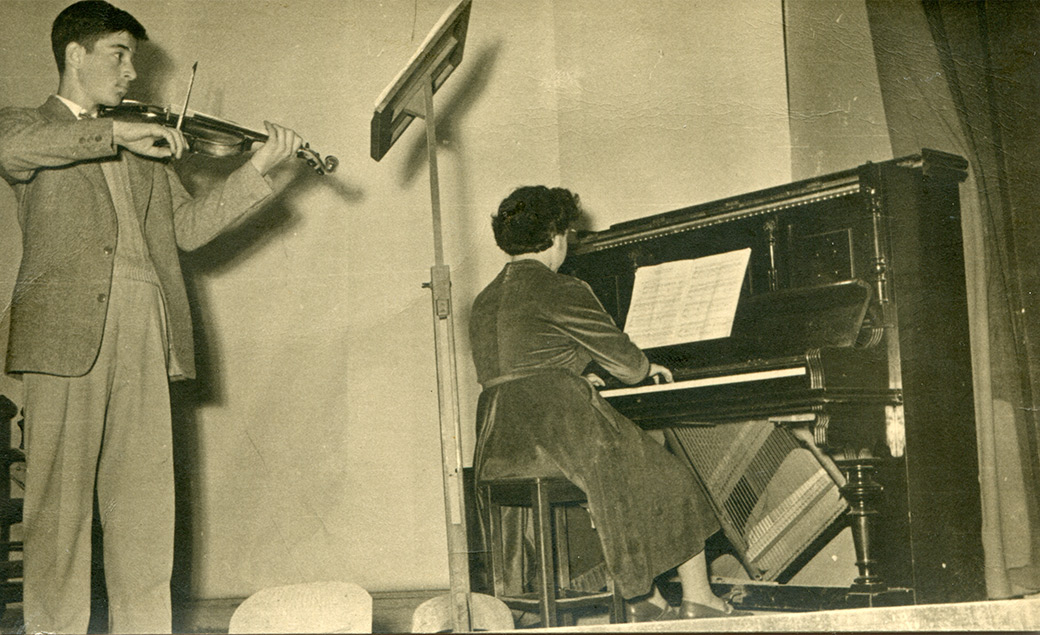
Later, when he visited a well-known musician, whose criticism did not meet Minas’ high ambitions, he decided to give up his musical dreams and not return to the violin. However, his love for music never left him, as he created with it by his side.
From a very young age, he had a strong virtual perception and talent for translating his ideas into paper. At the age of 14, he painted for the first and last time with oil paints, a portrait of an old man for a school competition, as a result of which he won first place.
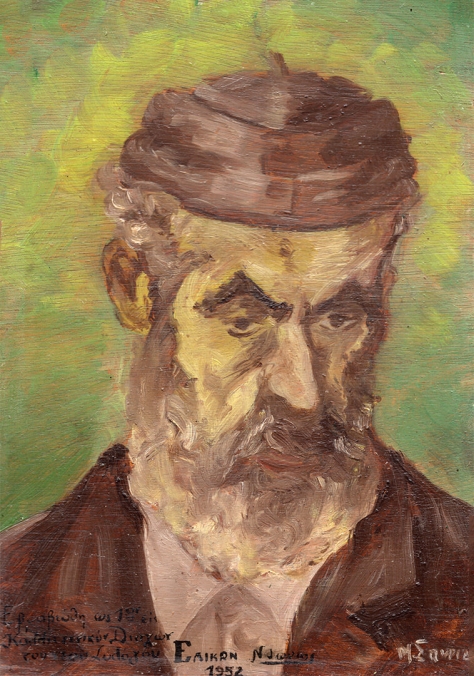
The painting remains in his private collection as a unique work, his first and only oil work, an expression of a little boy as well as his perception of the world.
At the age of fifteen, his father helped him secure an internship with Angelos Vourakis, the official supplier of the Greek royal court. There, he took his first job and began learning the art of jewelry.
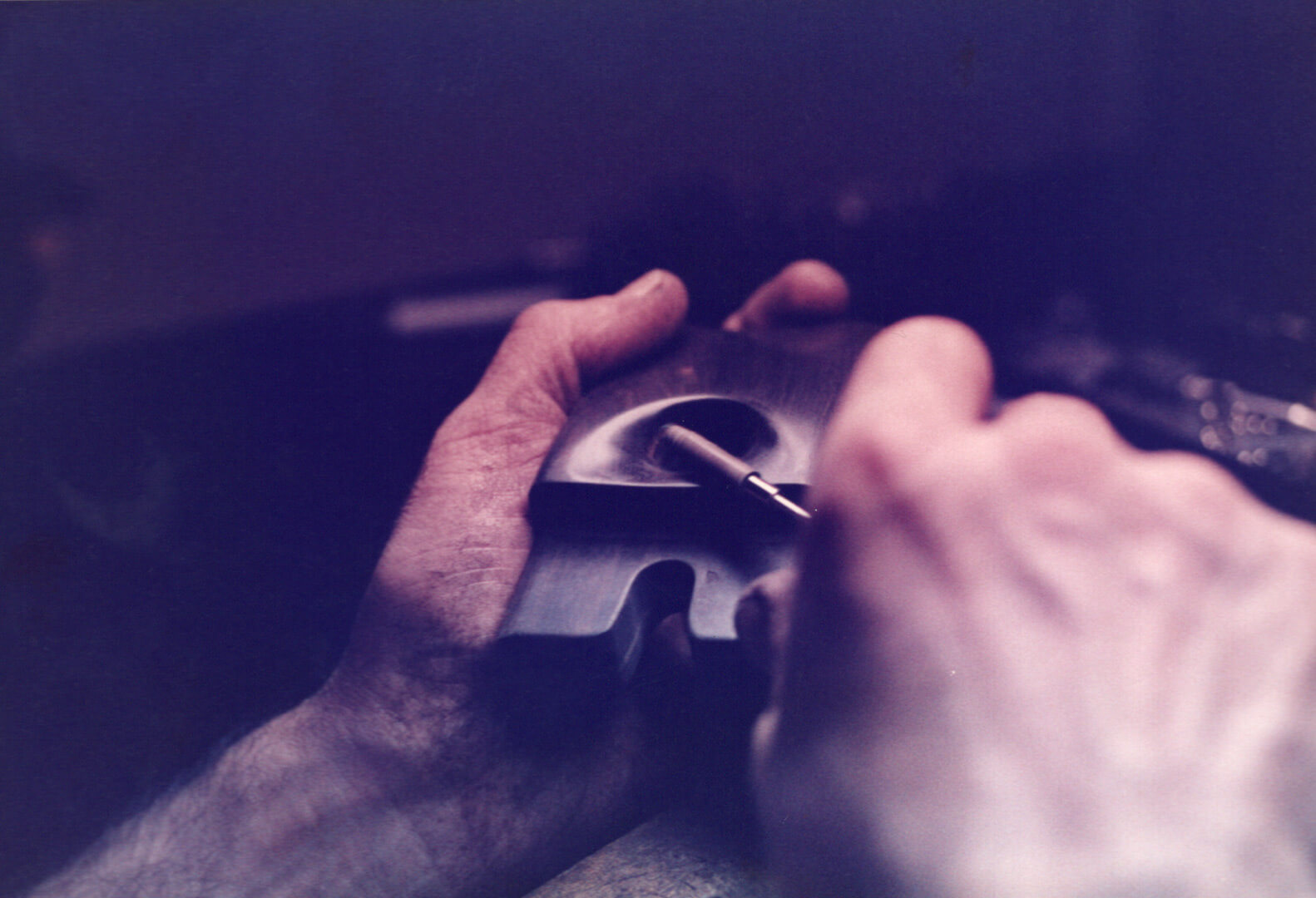
For a whole year, he was an apprentice without pay and later received 10 drachmas a day for his work. His talent was soon discovered, though, resulting in earning 2,100 drachmas a month in the fifth year, more than his father, a senior Greek army officer.
The competition has always been in Minas’ nature. At 15, he bought his first bike with money he had earned from his job as a jeweler. One day, after learning that AEK was organizing bicycle races in the area, he decided to take part. He came in fifth place, without training or preparation, on a non-competitive bike, and immediately became a member of AEK as the team’s official athlete.
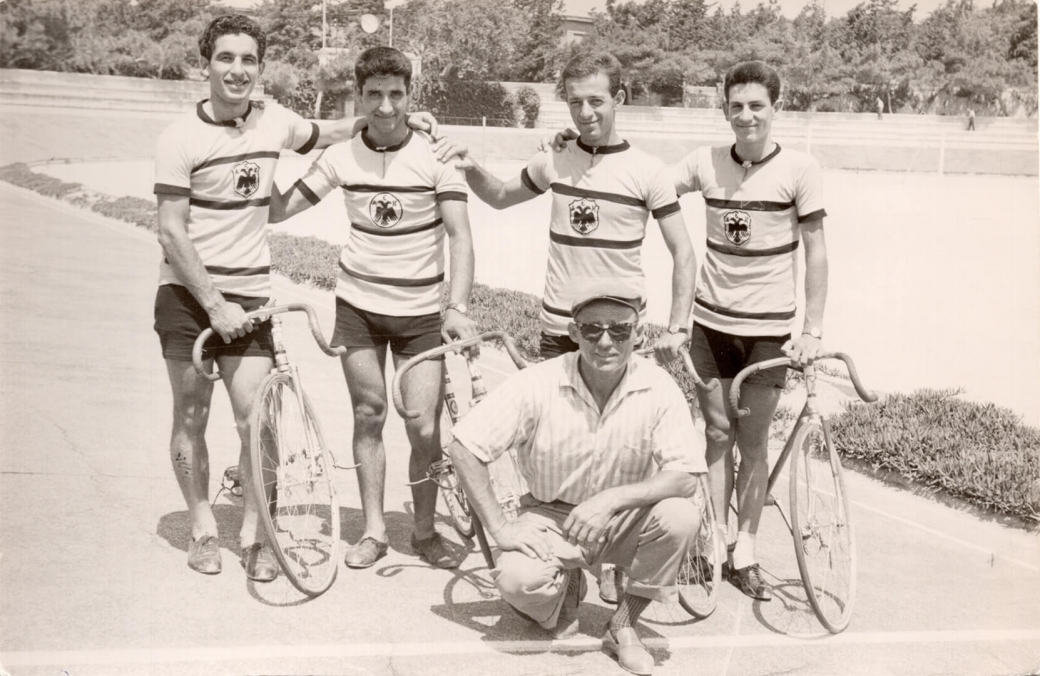
For the first time, in 1957, he attended the Panhellenic Cycling Championships in Rhodes, while, a year later, at the same cycling track, Minas became the Panhellenic Champion at the age of 20.
In 1959 Minas began his 27-month service in the Greek Royal Navy. During this time he was prompted to take on the transcription and drawing of navy technical manuals. A task he completed with great success, due to his aptitude in understanding mechanical designs. Throughout the project, he gained valuable experience in mechanical engineering, an experience that would later prove invaluable.
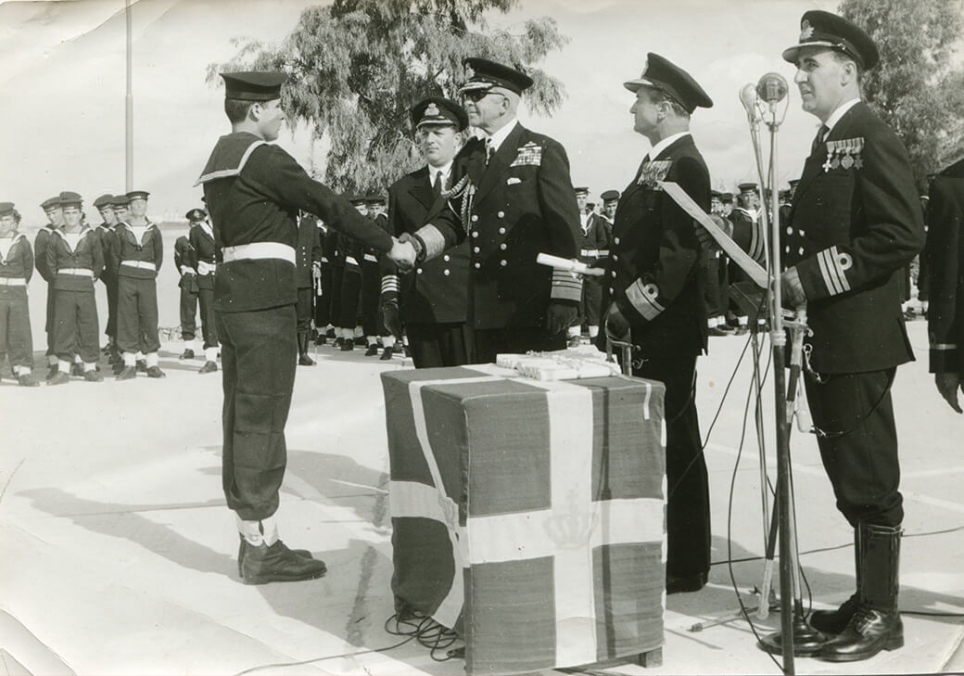
In August 1969 he decides to leave Greece with 200 dollars in his pocket on a one-way ticket to America to chase his dream. As soon as he arrived, despite the awe he felt, he realized that he did not want to stay there forever, but he knew that it was a country full of opportunities and he felt as if he had fallen into an endless playground.
He quickly started working for David Webb, one of the most famous and great jewelry manufacturers of the time, and this was the beginning of his American dream.
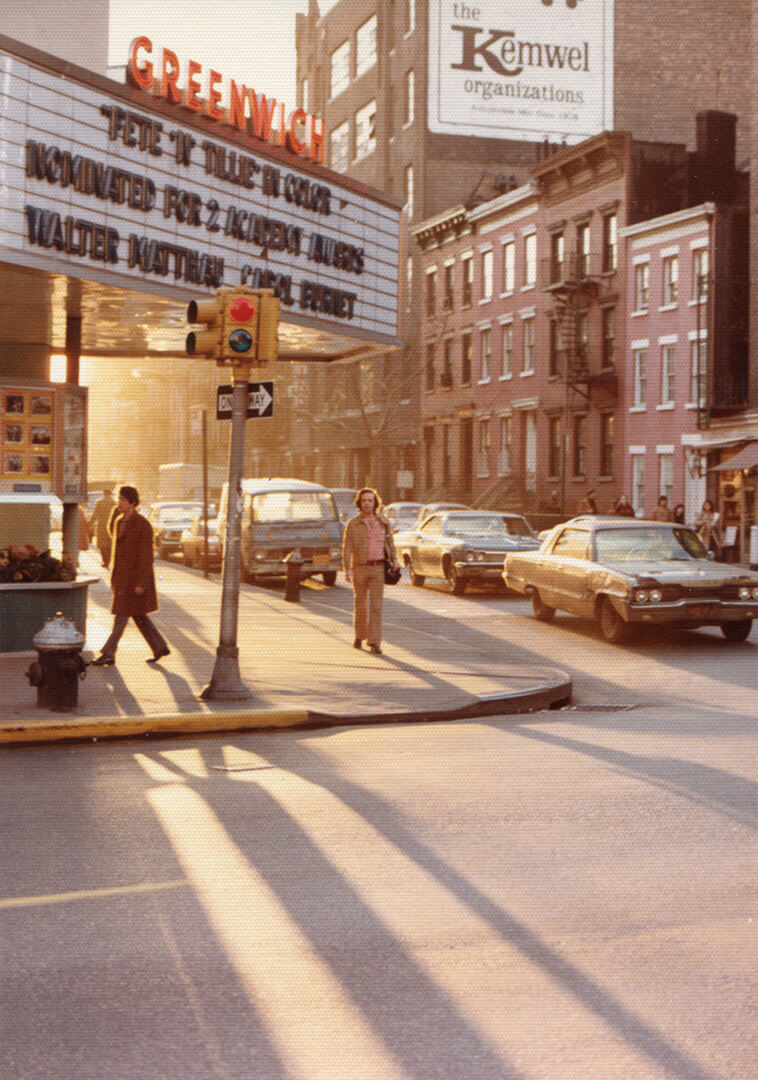
Sometime later, he set up his own workshop and for the first time, it was fully operational. Now organized, he began to create his own designs and managed to form a sales network of more than 220 stores across America. It was a time when he began to create some of his most iconic and influential designs, such as earrings.
With his previous experience in engineering and design, he created the iconic Universal Joint bracelet: a passport to his success. In 1975, he became an American citizen, and the following year he started exporting jewelry, designs that always bore his name, to 52 cities in Italy.
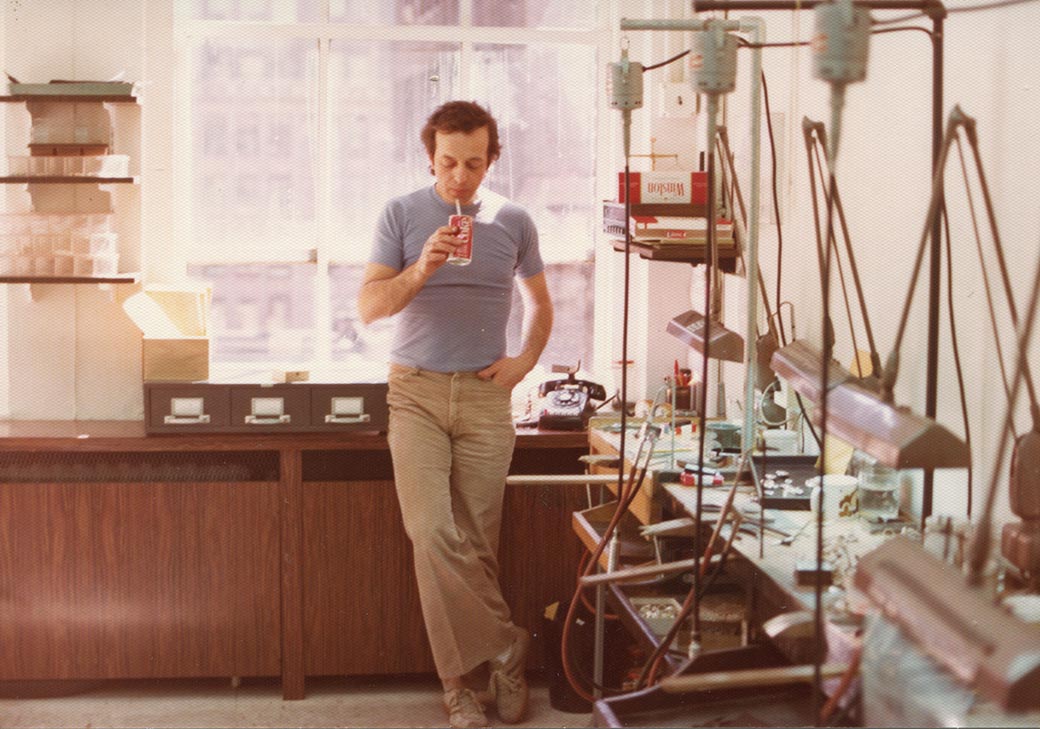
The entry into the Italian market brought its recognition and opening to the European markets. His designs focused on simplicity, ergonomics and harmony with the human body.
He soon collaborated with Roberto Cusi, one of the greatest gemologists, and later worked with his jewelry house in central Milan, Via Monte Napoleone. He helped Minas find an exhibition space in Italy and began advertising campaigns in Vogue Italia, Vogue Uomo, Linea Italiana and Harper`s bazzar – at the time, he was one of the few jewelry importers in Italy. The collaboration with House Cusi ended after the passing of his favorite friends.
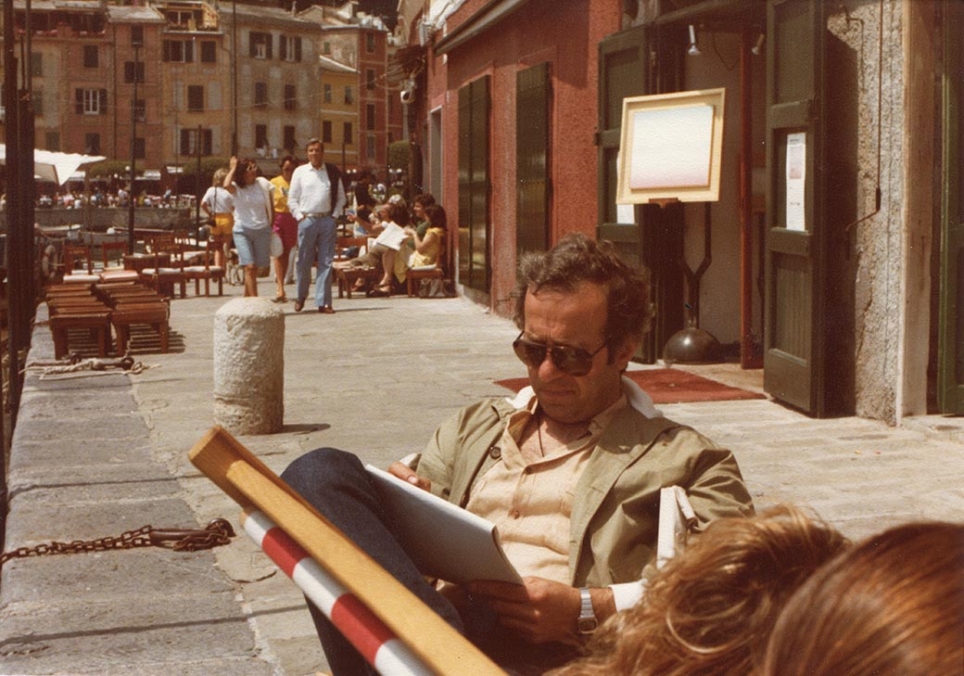
In 1981, Minas returned to Greece and immediately began reshaping his childhood home into his new workshop. Everything was designed and built by him, the work benches, tools and even the centrifugal casting machine. This allowed him to upgrade the manufacturing processes and come in line with his standards.
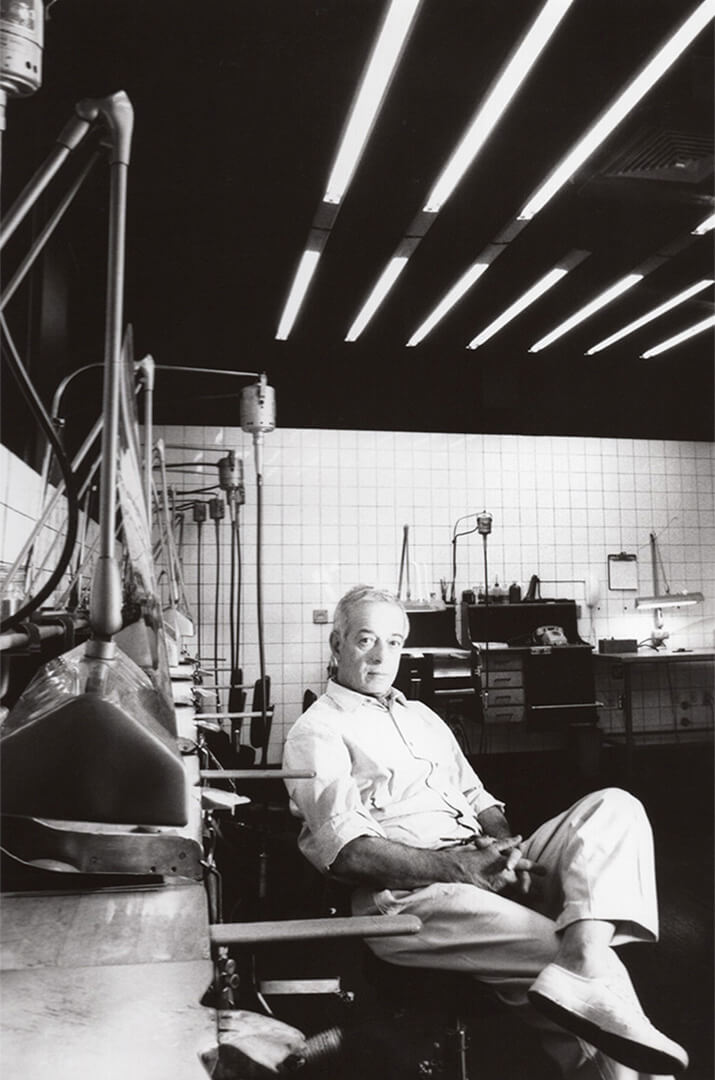
In 1986, he started building his house in Mykonos and a year later he got married on the island and a few months afterward his first son, Arion, was born. The house of Mykonos is a perfect combination of modern and Cycladic architecture, perfectly in line with the philosophy of Minas.
Every aspect of the house, located on top of a hill, with amazing views of the whole island, is ergonomic and harmonious, with all the details of the construction supervised by him and always with respect to the landscape. The interior is carefully crafted and furnished with objects made of American walnut, stainless steel and marble, always following its aesthetics.
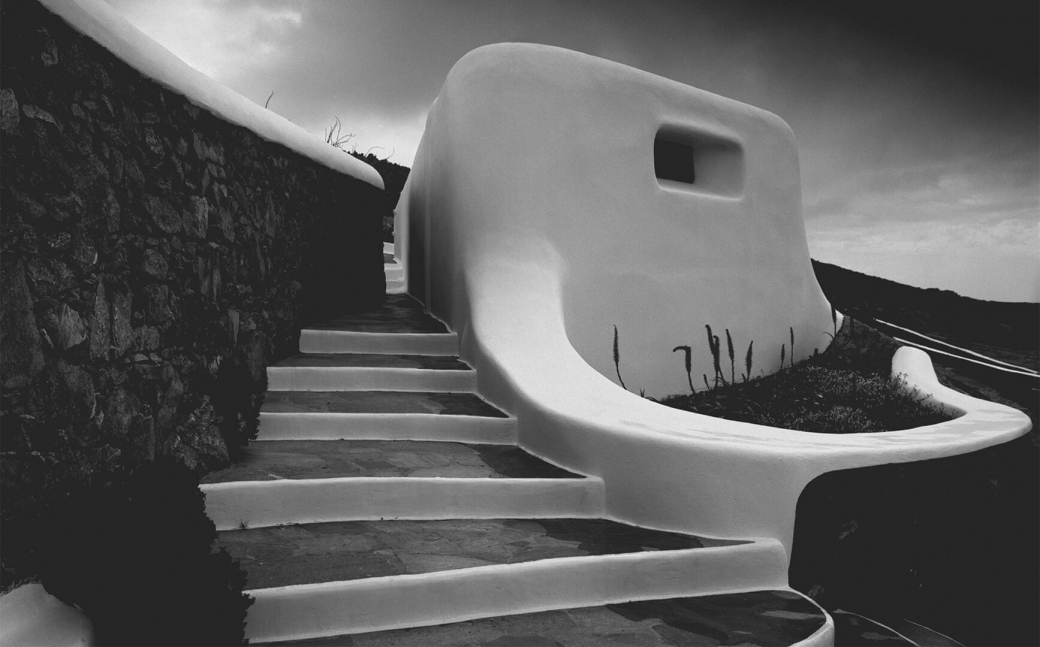
In 1987, Minas designed and built the Astra bar on the island of Mykonos. He always had the need to create a space for the public, a dream that he achieved through Astra, with every detail designed by him. The roof is a faithful reconstruction of the night sky over the northern hemisphere, the building is in complete harmony with the surrounding area and the aesthetics of the islands, while inside, there is an emblematic image of Apollo, chosen as Delos is located next to Mykonos, the birthplace of the god, sunlight and music.
Astra is one of the most characteristic locations of the island, unchanged since its founding, which over the years has hosted and continues to host a plethora of great artists. The symbol of Astra was created as a celebration of the birth of his sons.
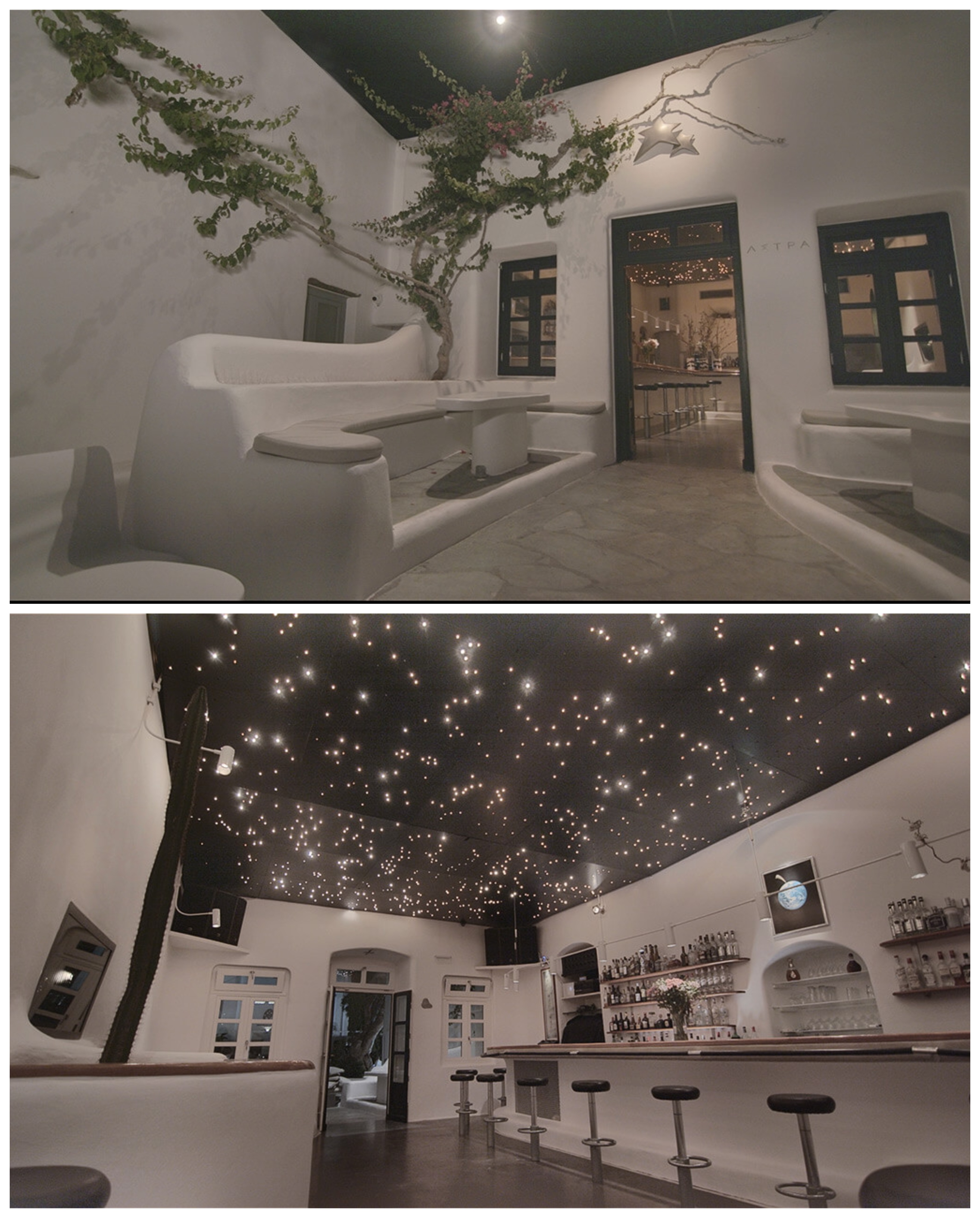
In 1992, while the birth of his second son, Prometheus, was expected, Minas exhibited his entire work for the first time at the Zoumboulaki Gallery: the handmade marble sundial, marble objects, furniture and evidence for the Olympic torch for the Olympic Games of 1996.
After the exhibition and during that year, a contact with the Danish company Georg Jensen was made, and the groundwork for cooperation was set.
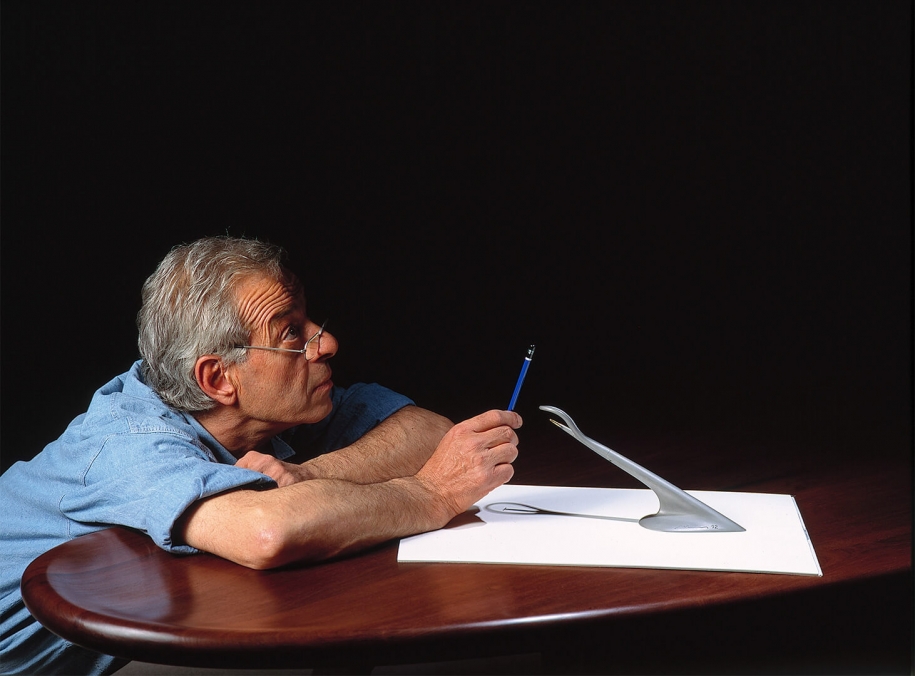
He began a collaboration with a prominent Danish brand, which held important exhibitions in Copenhagen (1996), New York, and Paris in 1999. His good friends Keith Richards and Ron Wood of the Rolling Stones, who wear his jewelry everywhere, also attended the London exhibition. Minas’ designs, which were the only non-Scandinavian designer at the time, were sold through the Danish brand and its stores.
He later worked with Royal Copenhagen to create a series of porcelain and, together with the Danish brand, to produce a limited edition wristwatch that had an air vent to keep the hand from sweating.
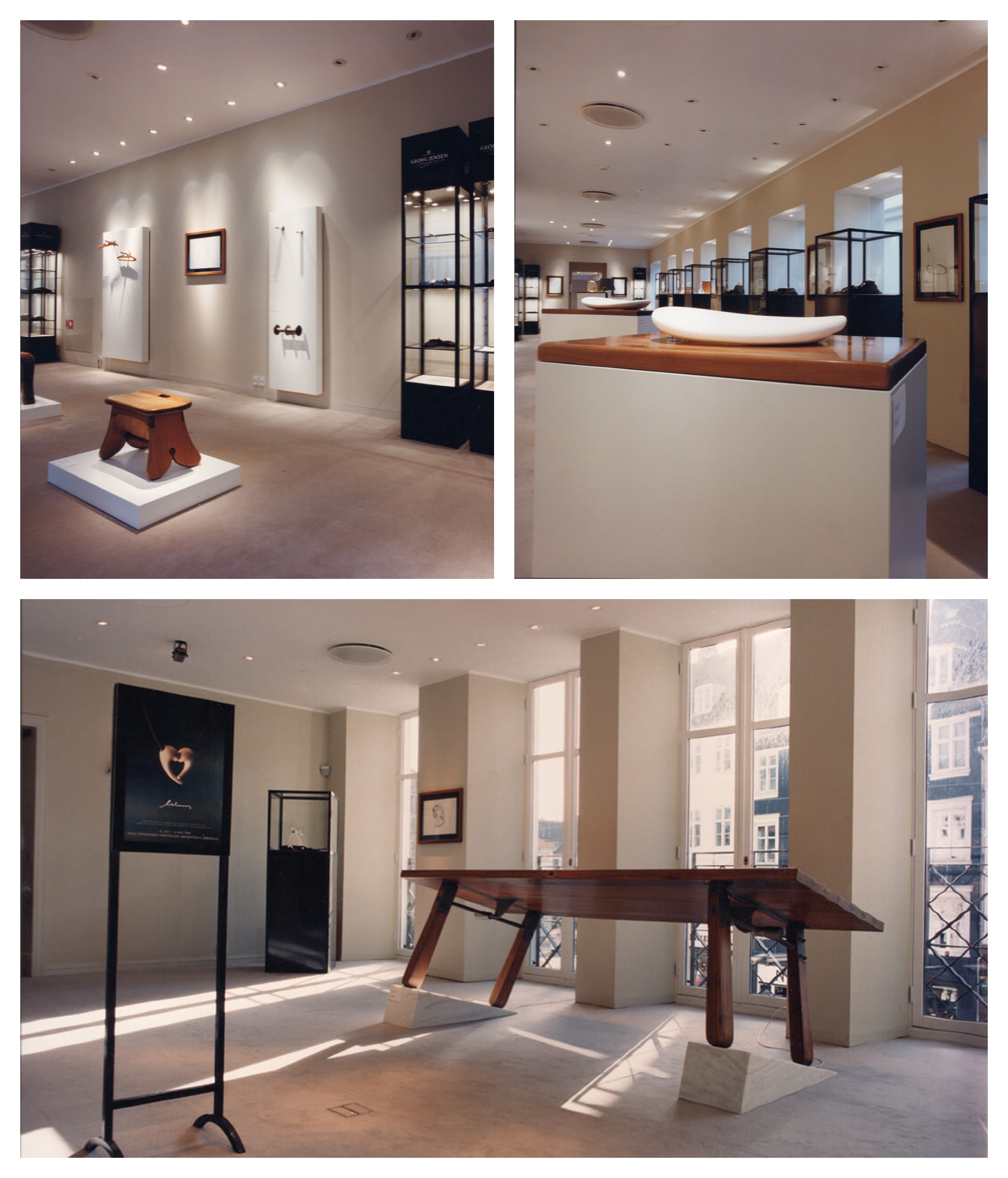
In this decade of creative exploration, the opening of his first official store on the island of Mykonos (1998) came. The selected building was one of the last historic sites left on the island and belonged to the prominent hero of the Greek revolutionary war, Manto Mavrogenous.
It was built in the 17th century and remains one of the few emblematic buildings, an ideal host for his first store. The store and the location are a trademark for the island.
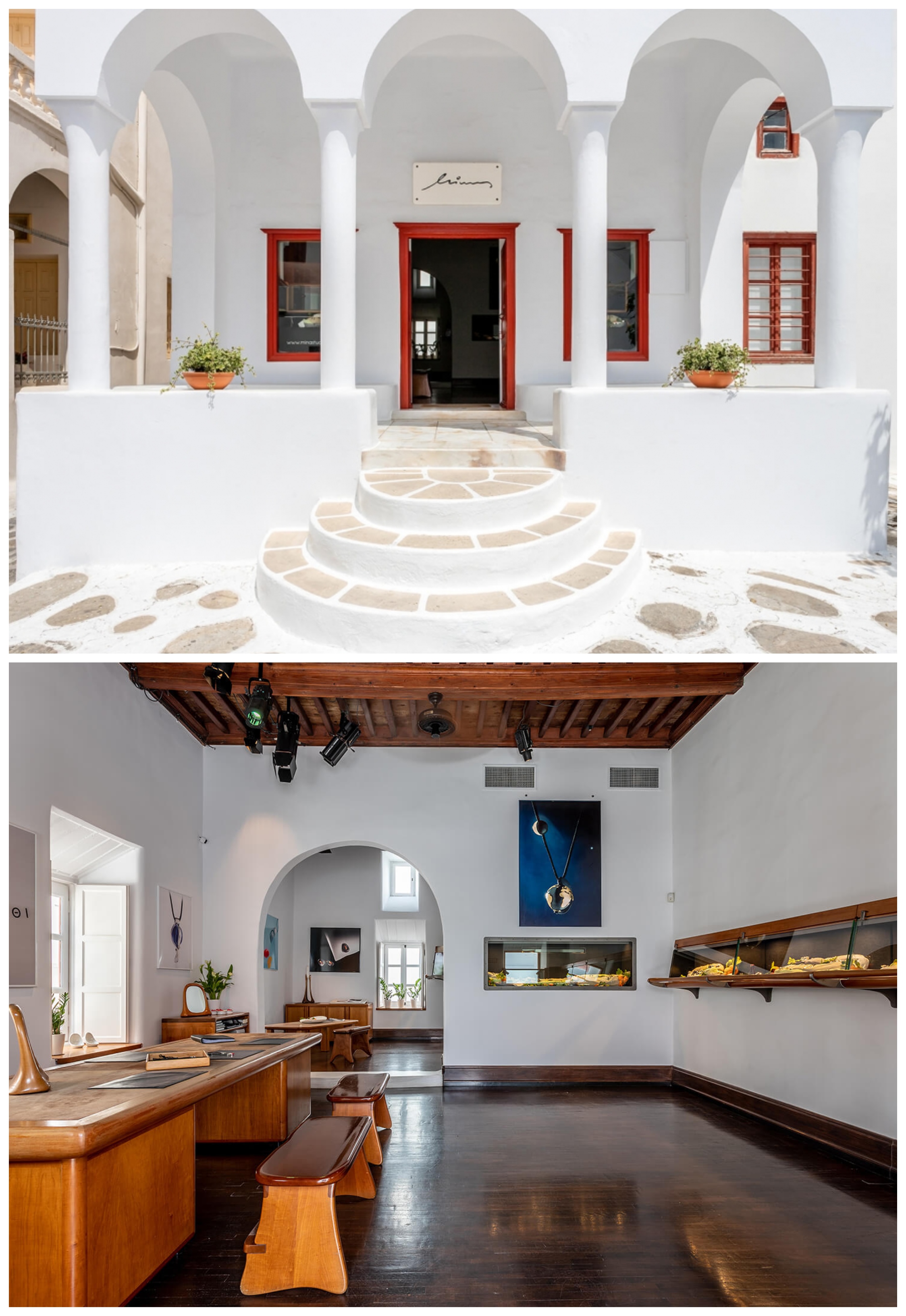
Over the next few years, he devotes himself to the creation of new design objects. He begins the creation of new porcelain ware for his existing collection. Enriching his catalog of creations with new furniture and a strong emphasis on industrial design. At the same time, he presents his proposal for the Olympic torch for the 2004 Athens Olympic games
In 2005, the second Minas store opened in Athens, with a selected location, a neoclassical 18th-century building in the northern suburbs. He completely renovated the store, filling it with all his creations and personality, creating a gallery-like store that offers complete immersion in the world of Minas. Meanwhile, the creation of his new laboratory was in progress.
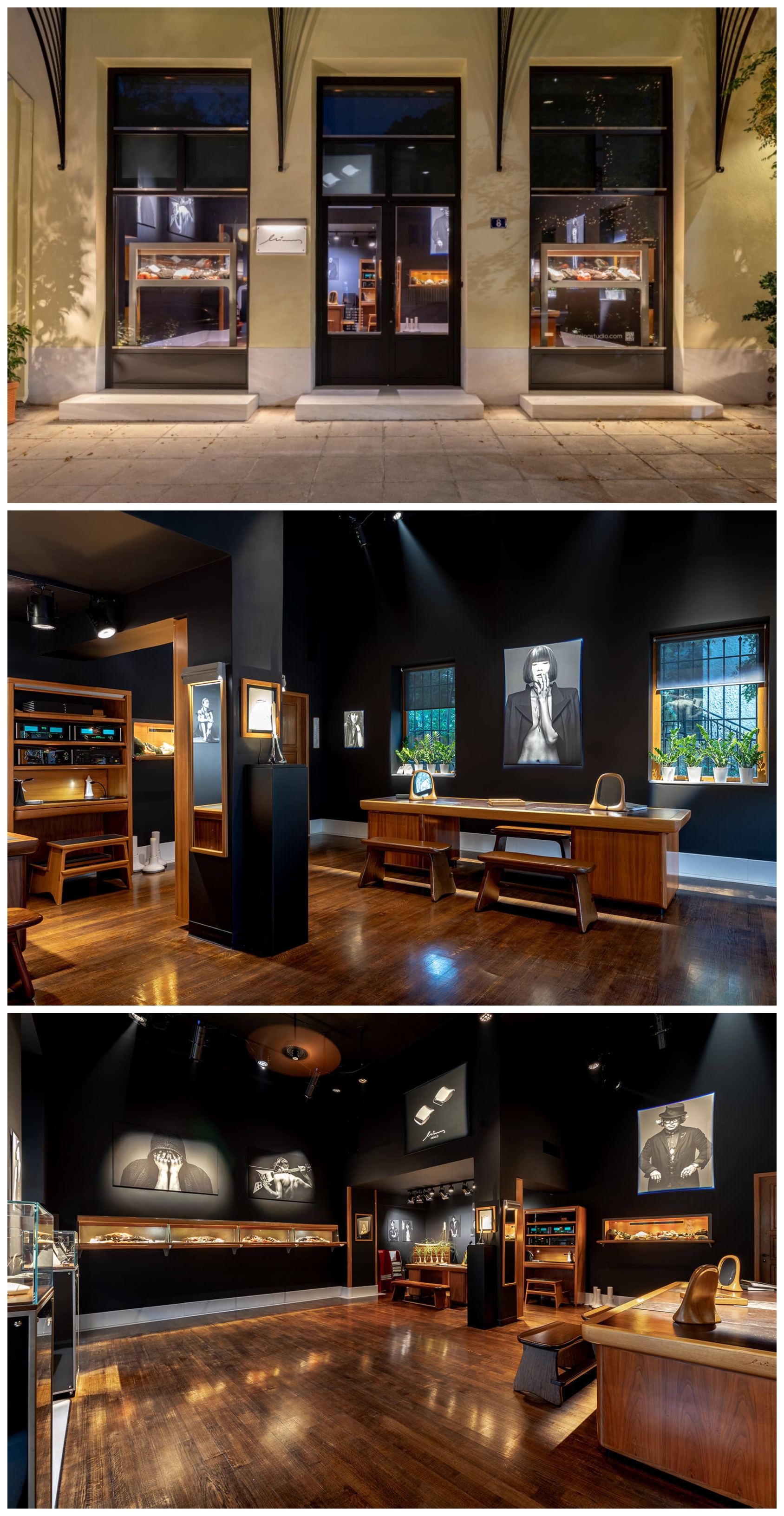
From the doorknob to the furniture and screens, every aspect of his flagship was designed and built by Minas. Heavy large doors and carved handmade wooden handle welcome the visitor to the gallery, while the Pentelic marble entrance follows the silhouette of the interior with smooth flowing lines, the dark American walnut floors and black walls all combine in equilibrium to create our flagship store.
In 2011, Minas began experimenting with carbon fiber and used it to create his iconic table lamp and drinks trolley. The lamp combines classic design elements and modern materials such as carbon fiber, making it timeless, while the trolley was handmade to the smallest detail, combining smart stainless steel, American walnut, carbon fiber and aluminum.
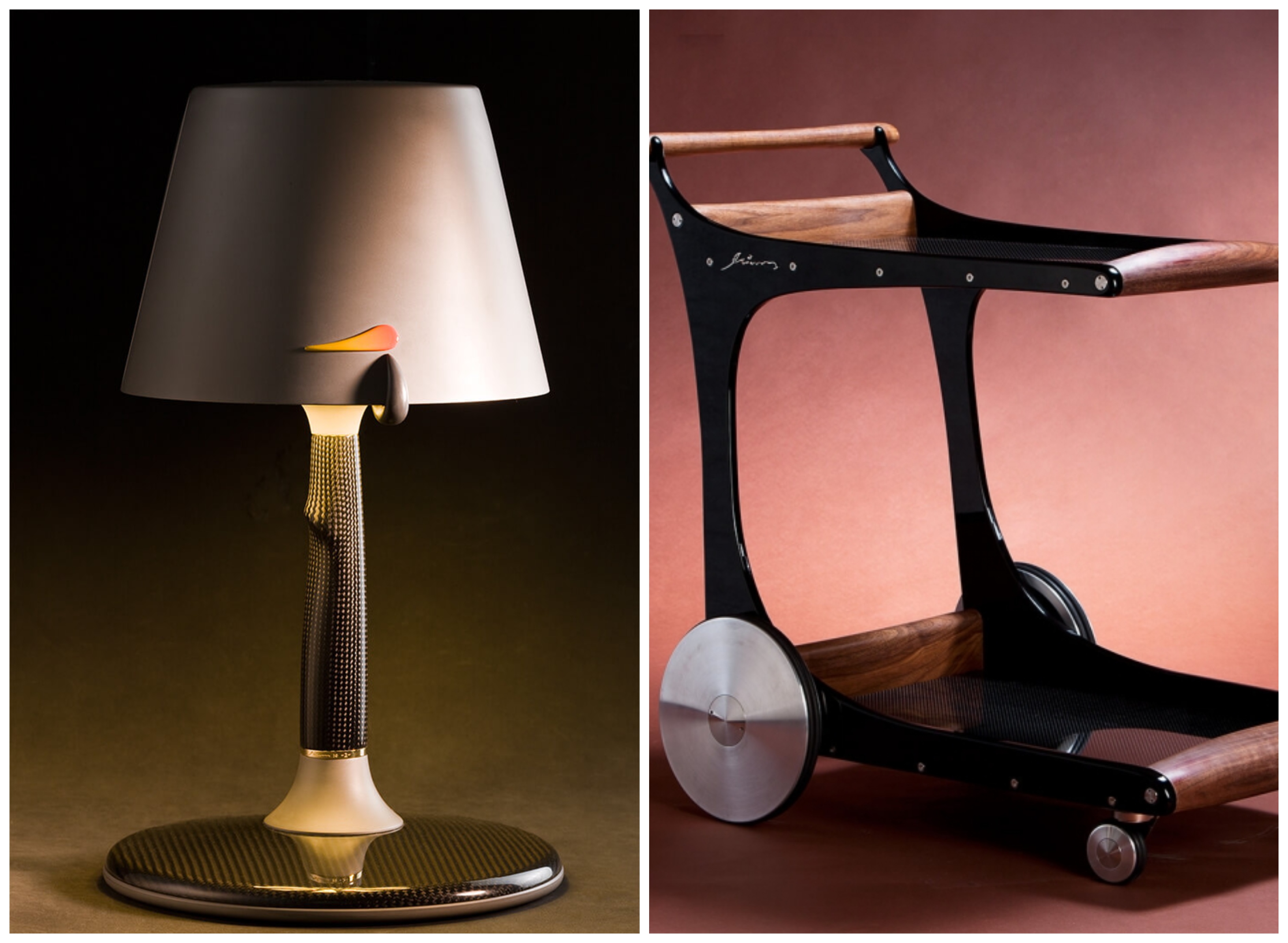
At the same time, he created a limited number of large copper candles for the Noack foundry in Berlin, Germany. With the creation of the first large-scale bronze object, the road to larger-scale sculptures was opened.
As the distinctive Minas style remained, evolved over the years, and requirements for more sophisticated pieces emerged, more advanced techniques were developed, and the number of employees increased to meet the growing demands.

In 2016, Project Mykonos was launched. It was an opportunity and a personal bet for Minas to create something that would change the face of the island and give it an aesthetic boost. So, with one touch, he created a street lamp and a bench.
The lighthouse combines a duel lighting system, one with sea views to warn nearby boats and one to illuminate the sidewalk. Its aerodynamic design allows for better cooperation with the air and the stainless steel clasp allows for better cooperation with the sea and the Dionysus marble base ensures durability and visual union with its environment.
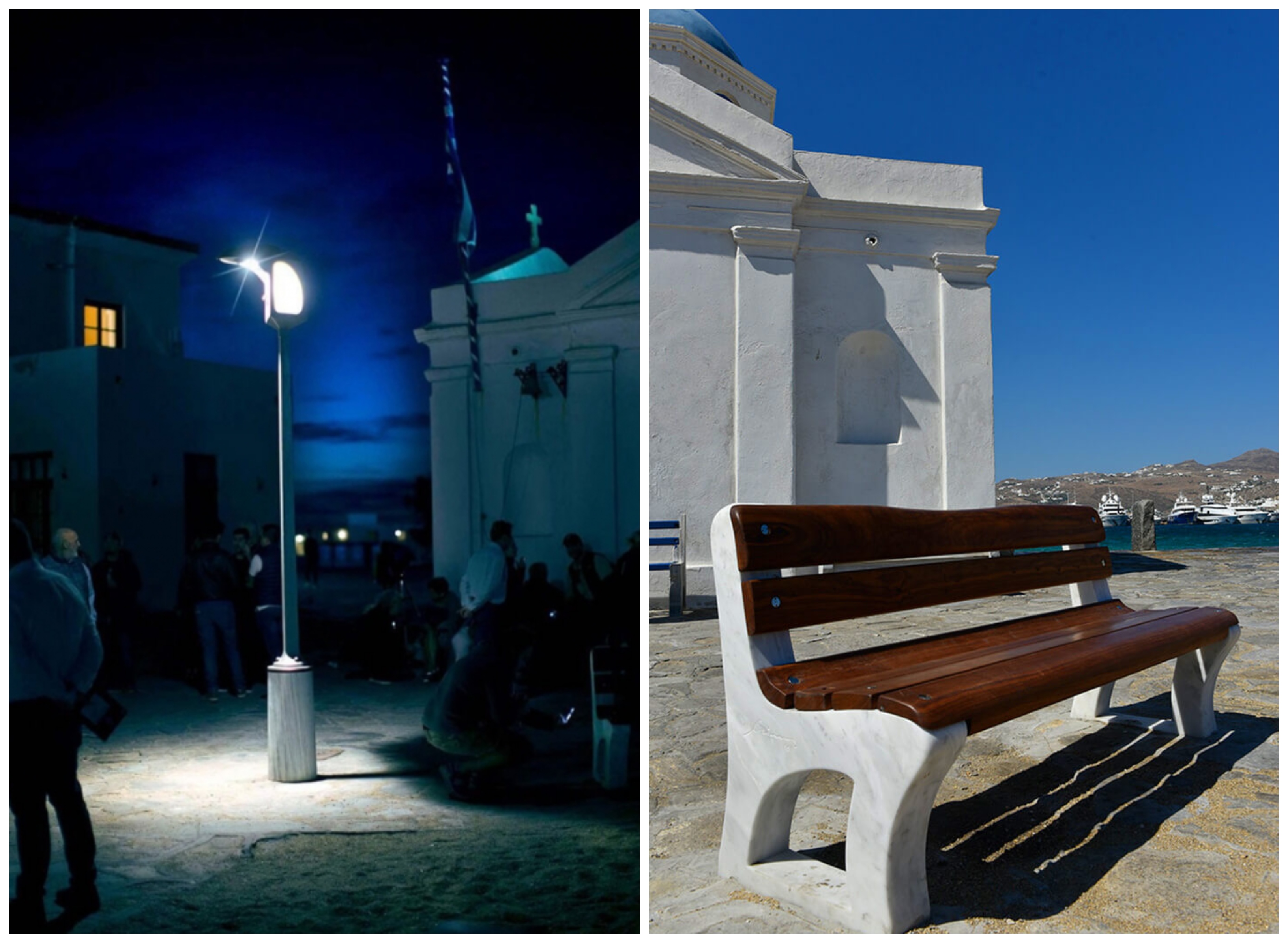
The benches are inspired by ancient Greek theater seats. For their construction, Dionysus marble was used for the frame and Asian teak wood for it`s resilience to the constant weathering of the sea and hand made stainless steel screws were used to bind the two together.
In 2018, Minas exhibited at the Benaki Museum, with 50 black and white photographs by photographer Costa Koutagyar, portraits of unusual characters and unique people, all dressed in Minas jewelry. Along with the big pictures, there were specially designed screens that hosted his creations. The coexistence of the two artists revealed the common artistic concerns and the mutual appreciation they had for each other.
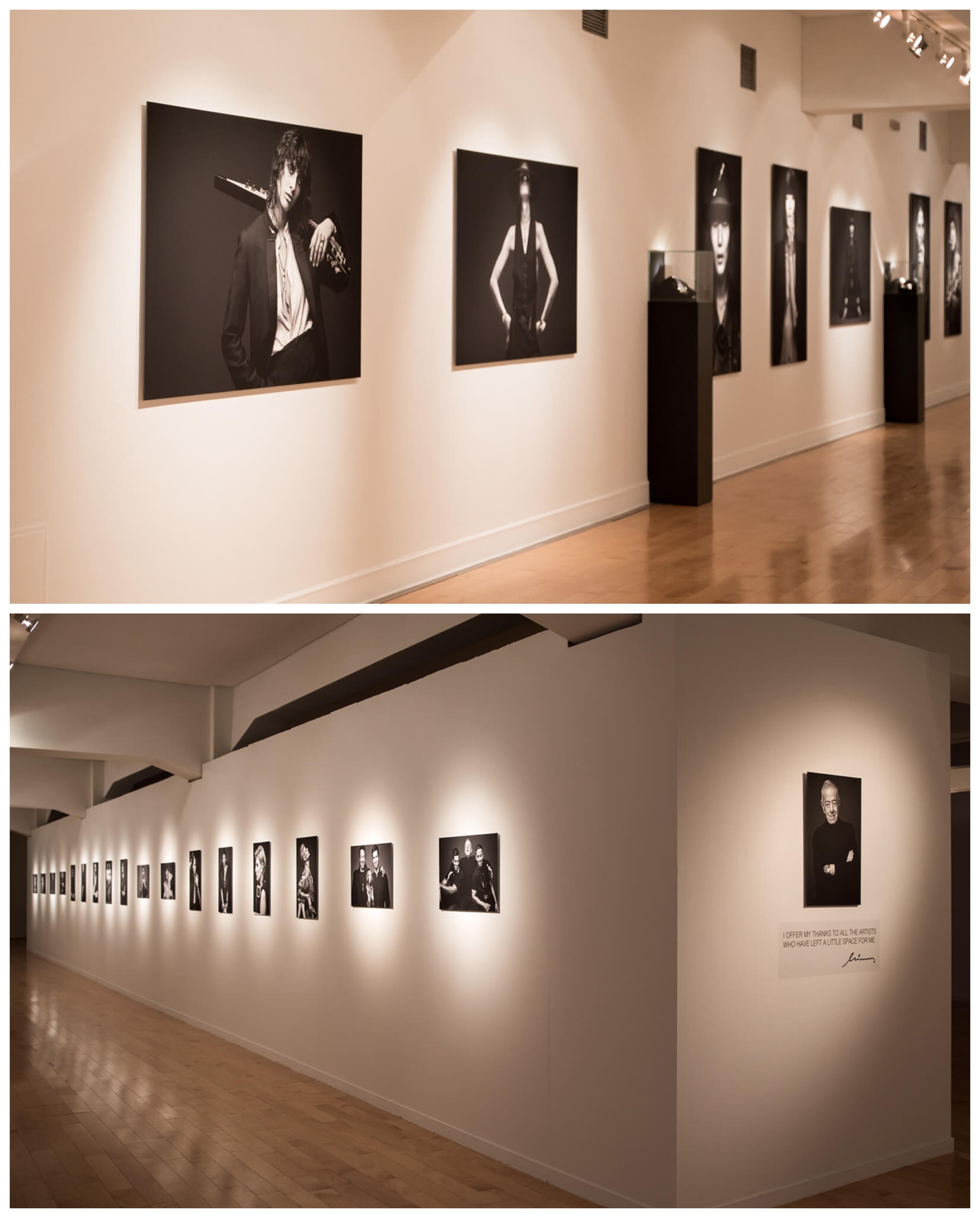
In 2019, Minas collaborated once again with Costas Koutayar on their next project, the creation of a book that would record the authenticity of Mykonos. The idea of the book was to show another side of the island while reminding the past.
Aiming to show the simplicity and purity of Mykonos, the locations chosen were by the sea or with Cycladic homes in the background. The models still represented fashionable and stylish people, dressed in Minas designs.
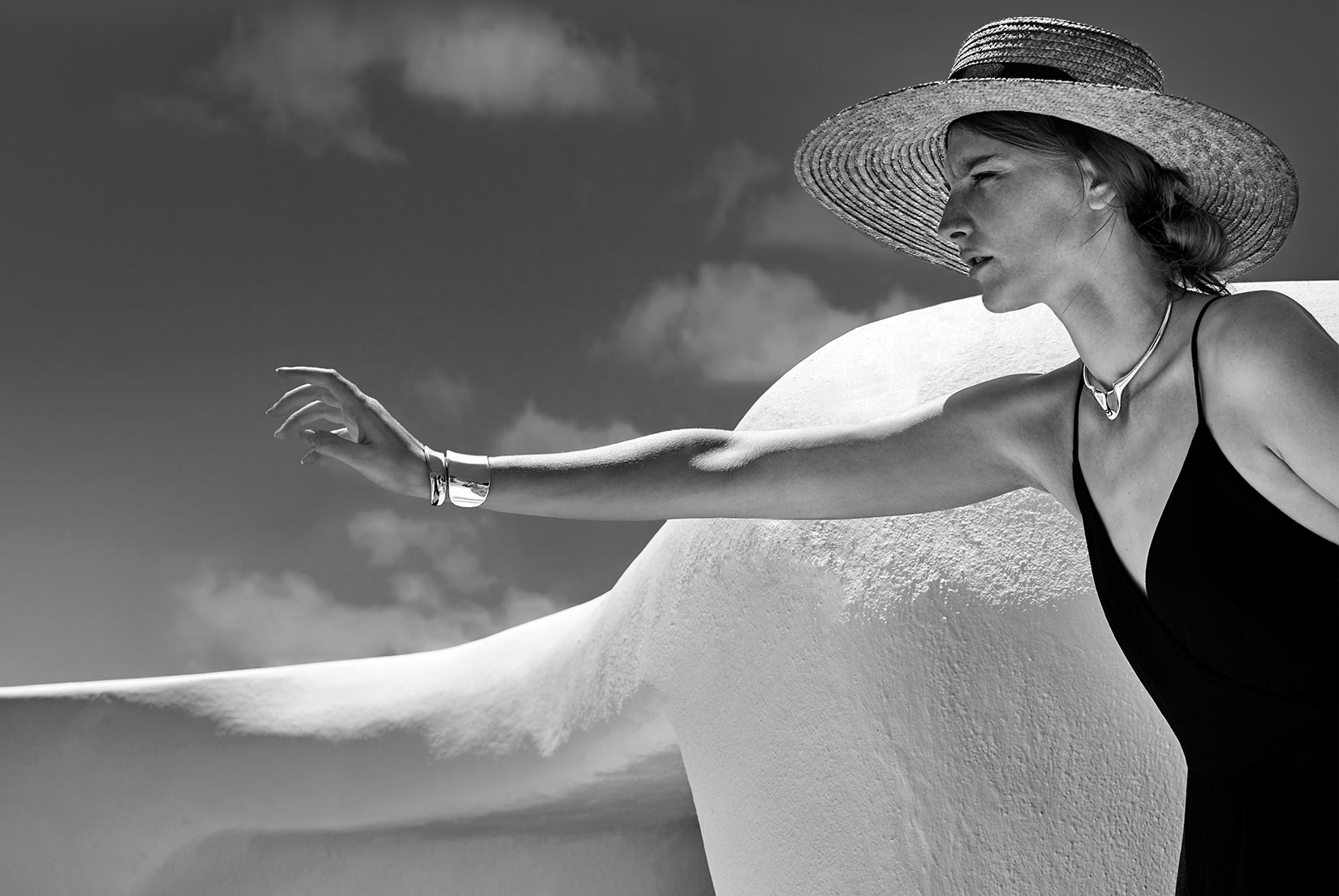
His mind never stopped and the list of his creations was huge, full of creations for the next decades. On March 25, 2020, Minas passed away, while his two sons are still working hard for the future of the brand.


